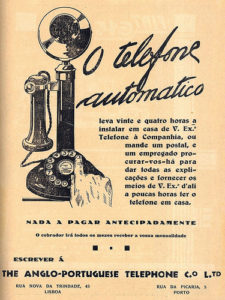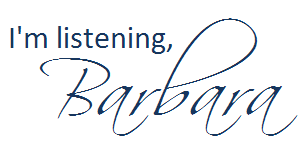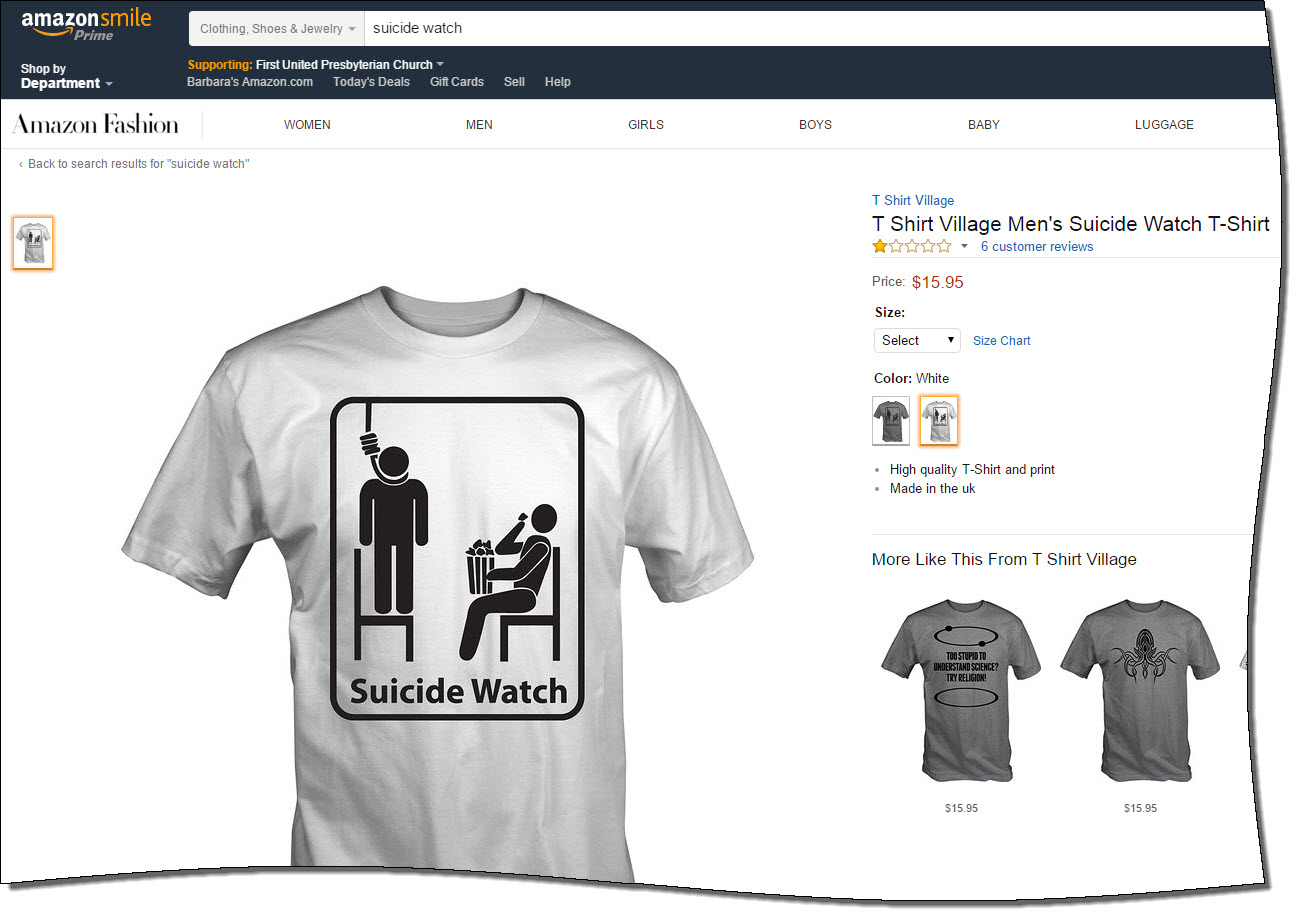Yesterday, I went out to lunch with my son before he went to work at a doggy day care. We had been looking forward to eating at the newly reopened Melts With You, which is now part of The Green Room in De Pere, WI.
James wanted a burger. And I was craving a grilled cheese sandwich, so I ordered the house special. The Grilled Cheesy has not one, not two, but three (count ’em: three!) cheeses in it. I love the melty goodness that comes from their recommendation of sharp cheddar, havarti, and gouda cheeses on sourdough bread.

So what in the heck does this have to do with public speaking? Here’s what.
The bread and the three cheeses in the Grilled Cheesy reminded me of what goes into a great speech. Bear with me.
The two slices of bread are like your introduction and conclusion. If they are not included, things get messy and sloppy. They hold the sandwich — and your speech — together.
The three cheeses are like your three main points in your speech. You could have just one cheese / main point, but that would be pretty unsatisfying. With two, they’d just be competing with each other. But add in that third one . . . that’s where you get perfection. (And three main points are recommended for most speeches.)
Then, when you melt the cheeses together, that reminds me of how important transitions are to your speech. Without the melting, the three cheeses stand hard and alone; they don’t even stick to the bread. But with transitions (where you smoothly lead your listener from one point to another), your main points flow smoothly and become more cohesive.
Is this a stretch? Maybe a little. Just like the cheese in my Grilled Cheesy when I ate it yesterday. It was truly devine.







 After a little more than five years working with a software company, my position was eliminated, and I found myself in an unexpected state of “retirement.” And “retirement” for me means spending my days searching for what’s next.
After a little more than five years working with a software company, my position was eliminated, and I found myself in an unexpected state of “retirement.” And “retirement” for me means spending my days searching for what’s next.


